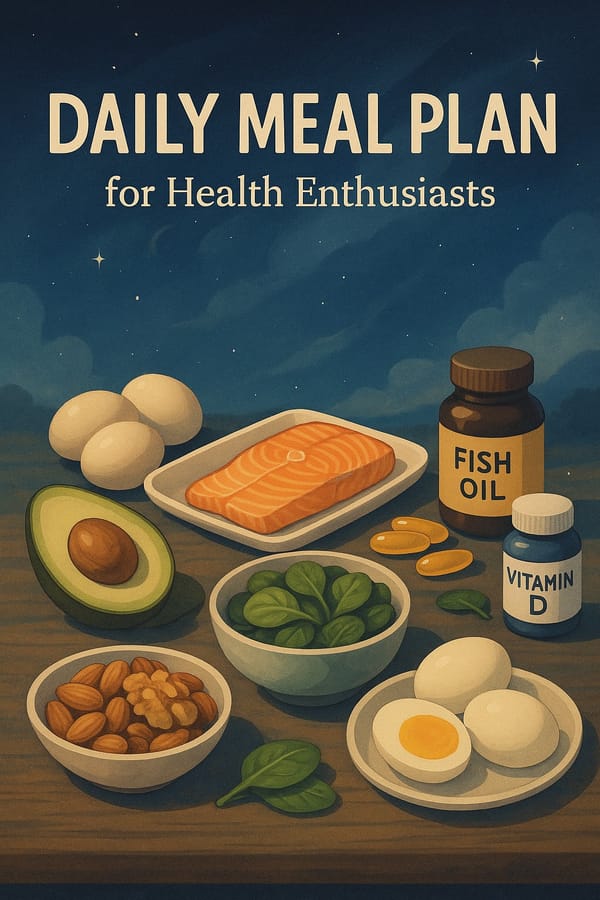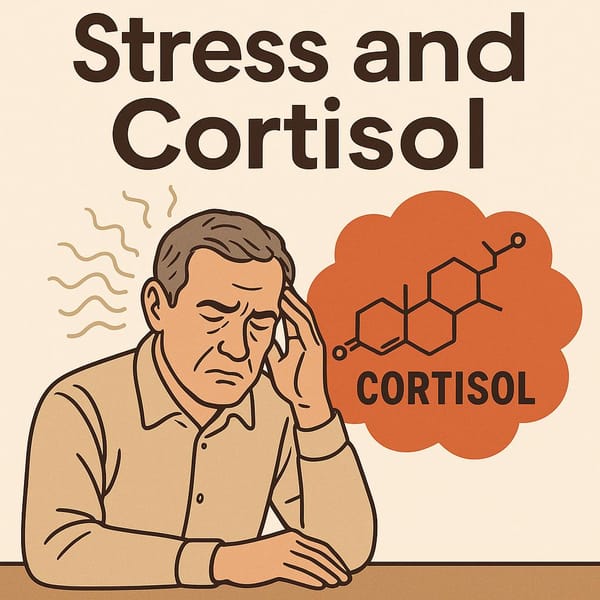Training Your Body to Burn Fat: The Key to Smart Fat Loss

Introduction
Have you ever wondered why some people lose fat quickly while others struggle? One of the secrets lies in training your body to efficiently "burn fat." In this article, we’ll explore how the body uses energy, ways to shift your body’s focus to burning fat as its primary fuel, and actionable steps in both diet and exercise to accelerate your results.
How Does the Body Burn Fat?
Typically, the body relies on two primary energy sources: carbohydrates and fat. By default, it prioritizes carbohydrates because they’re easier to break down into energy. Fat, on the other hand, takes a back seat and is primarily utilized during low-intensity activities or when carbohydrate stores are depleted.
However, by training your body to become fat-adapted, it can shift to using fat as its primary energy source even in situations where it would usually rely on carbohydrates—like during moderate to high-intensity exercise. The result? Faster fat loss and improved energy efficiency.
Benefits of Training Your Body to Burn Fat
- Faster Fat Loss
By tapping into fat as a primary energy source, you can reduce stored body fat without resorting to overly restrictive diets. - Steady Energy Levels
Fat-burning provides consistent energy, avoiding the crashes and frequent hunger associated with fluctuating blood sugar levels. - Improved Heart Health
Lowering body fat helps reduce the risk of cardiovascular diseases.
How to Train Your Body to Burn Fat
1. Adjust Your Diet
- Reduce Carbohydrates: Lower your intake of carbohydrates, especially refined sugars and processed grains, to encourage fat utilization.
- Consume Healthy Fats: Include more healthy fats such as avocado, olive oil, salmon, and nuts.
- Focus on Quality Protein: Choose high-quality protein sources like chicken, eggs, and fish to preserve muscle mass while losing fat.
- Try a Ketogenic Diet: A low-carb, high-fat diet can push your body into ketosis, where it relies primarily on fat for energy.
- Limit High-Sugar Foods: Consuming foods rich in glucose and fructose can spike insulin levels, promoting fat storage instead of fat burning.
2. Exercise Effectively
- Aerobic Exercise: Activities like brisk walking, cycling, or jogging at a moderate intensity (60-70% of your max heart rate) encourage fat oxidation.
- High-Intensity Interval Training (HIIT): Alternating between high and low-intensity intervals boosts fat-burning during recovery periods.
- Fasted Workouts: Exercising in a fasted state, such as before breakfast, can prompt your body to use fat stores for energy.
3. Practice Intermittent Fasting
Intermittent fasting, such as the 16/8 method (eating within an 8-hour window and fasting for 16 hours), can stimulate fat burning by creating longer periods where your body taps into fat reserves.
The Role of Sugar and Insulin in Fat Storage
When you consume sugar—whether it’s glucose or fructose—it directly affects fat storage in the body. Eating sugar raises blood sugar levels, which triggers the release of insulin. Insulin helps move glucose into cells for immediate energy or storage as glycogen. However, when glycogen stores in the liver and muscles are full, the excess sugar is converted into fat and stored in adipose tissue.
Fructose, commonly found in fruits, sweetened beverages, and processed foods, is metabolized directly in the liver. Consuming too much fructose can lead to fat accumulation in the liver and contribute to insulin resistance over time. Therefore, minimizing high-sugar foods and drinks is crucial for reducing fat storage and promoting fat utilization.
How Long Does It Take to See Results?
It can take 2-6 weeks for your body to fully adapt to burning fat, depending on your consistency with exercise, diet, and lifestyle. With perseverance, you’ll begin to notice reduced fat stores and more stable energy levels.
Key Takeaways
- Training your body to burn fat requires patience and strategic planning.
- Diet plays the most critical role in stimulating fat adaptation.
- The right types of exercise can amplify fat-burning and metabolic flexibility.
- Adequate sleep and stress management are essential for optimal results.
Conclusion
Training your body to use fat as its primary fuel doesn’t just help with fat loss—it also enhances sustainable energy and overall health. By fine-tuning your diet, incorporating effective exercises, and staying committed to the process, you’ll find that fat loss isn’t as challenging as it seems. Are you ready to transform yourself?



